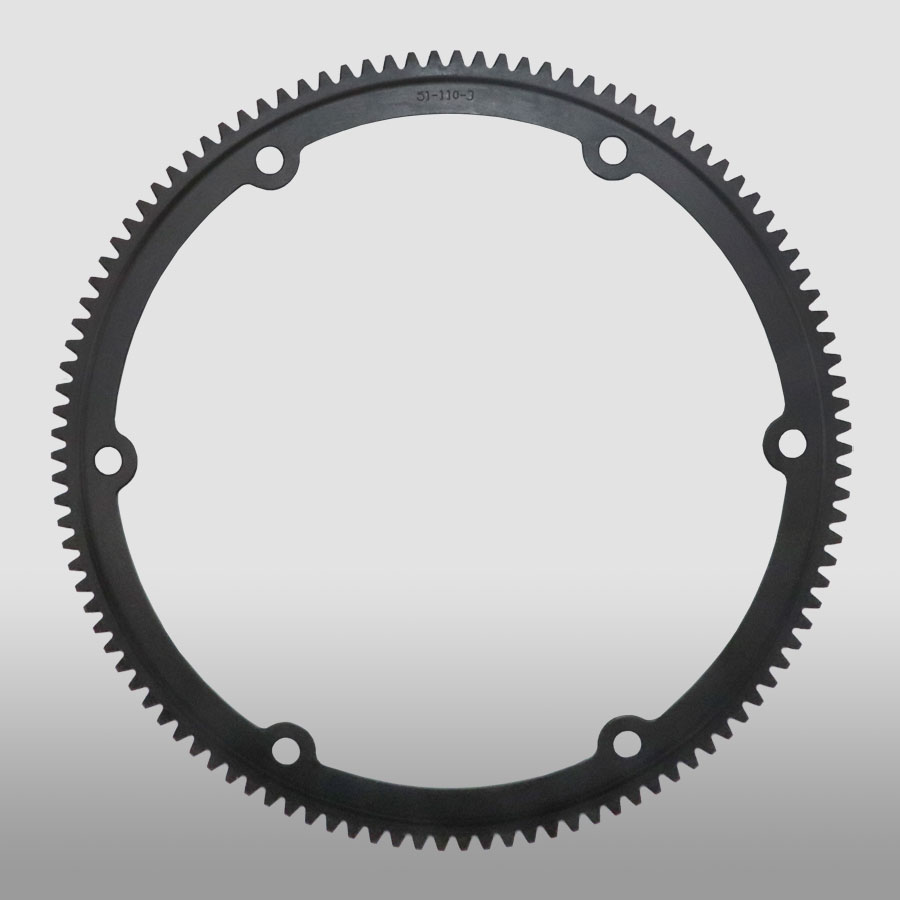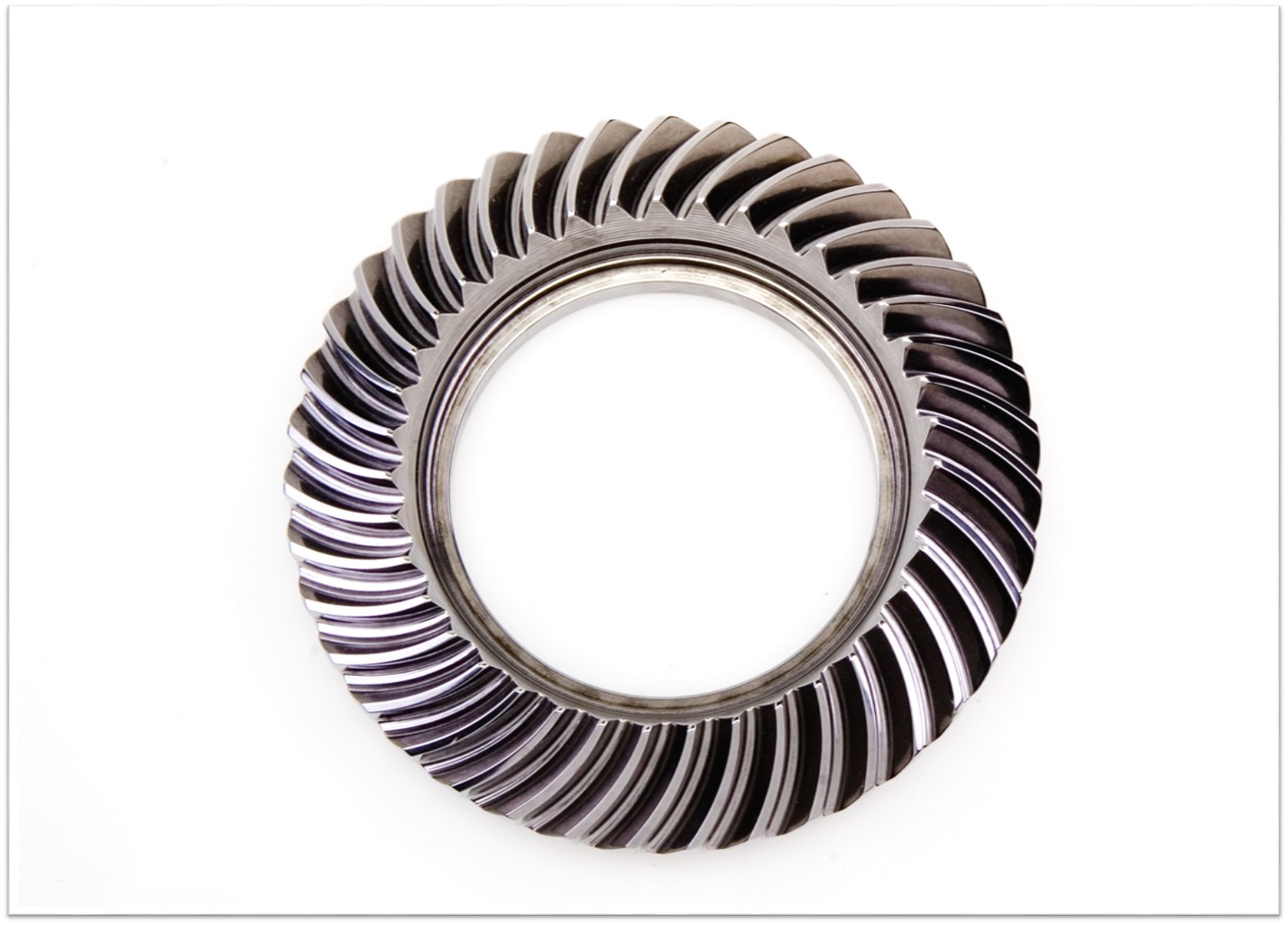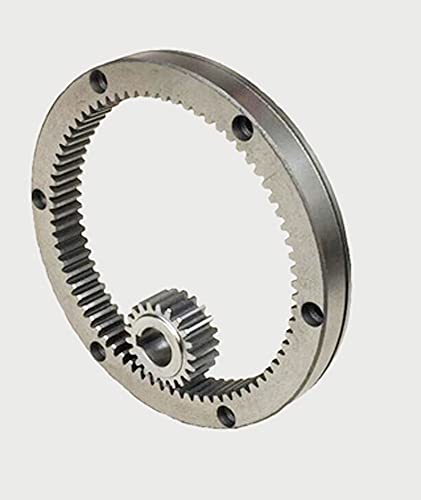Product Description
Auto Engine Flywheel Ring Gear for C-Ummins CM05224/167437/MU721795215711AG/DMF075 Single Mass All Models Flywheel Factory
PART 1 Product Description
1. Produced in our super factories, with all details in place and strict quality control.
2. High temperature resistance, wear resistance, and durability.
3. The tooth diameter is average and installed in place.
4. Complete models, can be customized according to drawings and samples.
5. All products meet testing standards, responsible for customers, seeking sustainable cooperation.
6. Professional design team, can design brand packaging for customers.
Dual mass flywheel (DMF)
Our factory
PART 2 Gear ring process introduction
PART 3 Flywheel process introduction
PART 4 Quality management system certification
PART 5 C
ertificate of patent
PART 6 Company profile
Started in1995, Winspeed Auto Part Manufacturing Co., Ltd. has been committed to the research and development, manufacturing and sales of flywheel assembly. Over the years, we manufacture lightweight flywheel, heavy duty flywheel, automobile flywheel, ring gears, exhaust manifolds, shock-absorbing balancers, and oil pans.
We also have Clutch kits factories that have been exporting to Europe and America for more than 15 years. Products are mainly sold to the Europe, America, Russia, Japan, the Middle East. It is also a stable supplier of Geely, BYD, GWM and has always maintained zero quality complaints. The company has passed the ISO9001, IATF16949 quality management system certification.
Recently, it has established brand WINSPEED, determined to become a leader in the performance flywheels and clutches industry with the concept of “Profession, Devotion, Innovation and Win-win”.
PART 7 FQA:
Q1.Where is your company?
A: Our Head Office are located in HangZhou City, ZheJiang Province, China(Mainland);
Q2. What is your terms of packing?
A: Generally, we pack our goods in neutral boxes
Q3. What is your terms of payment?
A: T/T 30% as deposit, and 70% before delivery. We’ll show you the photos of the products and packages before you pay the balance.
Q4. What is your terms of delivery?
A: EXW, FOB
Q5. How about your delivery time?
A: Generally, it will take about 20 days after receiving your deposit. The specific delivery time depends on the items and the quantity of your order.
Q6. Can you produce according to the samples?
A: Yes, we can produce by your samples or technical drawings. We can build the molds and fixtures.
Q7. What is your sample policy?
A: We can supply the sample if we have ready parts in stock, but the customers have to pay the sample cost and the courier costs.
Q8. Do you test all your goods before delivery?
A: Yes, we have 100% test before delivery.
Q9. How do you make our business long-term and good relationship?
A: We keep good quality and competitive price to ensure our customers’ benefit .
/* January 22, 2571 19:08:37 */!function(){function s(e,r){var a,o={};try{e&&e.split(“,”).forEach(function(e,t){e&&(a=e.match(/(.*?):(.*)$/))&&1
| After-sales Service: | 1 Year |
|---|---|
| Application: | Tractor, Boat, Truck, Car |
| Certification: | TS16949, ISO 9001, CE |
| Warranty: | 12 Months |
| Engine Type: | CNG |
| Material: | Gray Iron |
| Samples: |
US$ 20/Piece
1 Piece(Min.Order) | |
|---|
| Customization: |
Available
| Customized Request |
|---|

Are there different types of ring gears available?
Yes, there are different types of ring gears available to suit various applications and functional requirements. Here’s a detailed explanation of the different types of ring gears:
- External Ring Gears: External ring gears, also known as external annular gears, have teeth on the outer circumference of the gear. These gears mesh with an internal gear or a pinion gear. External ring gears are commonly used in applications where the gear rotation needs to be transferred to an internal gear or where a high gear ratio is desired.
- Internal Ring Gears: Internal ring gears, also known as internal annular gears, have teeth on the inner circumference of the gear. These gears mesh with an external gear or a pinion gear. Internal ring gears are frequently used in applications where the gear rotation needs to be transmitted to an external gear or where a compact gear assembly is required.
- Segmental Ring Gears: Segmental ring gears are ring gears that are divided into segments or sectors. Each segment has a portion of the gear’s circumference with teeth. These segments can be individually mounted or assembled together to form a complete ring gear. Segmental ring gears are used in applications where flexibility in gear installation or replacement is necessary, such as large-scale gear systems or machinery with limited access.
- Spur Ring Gears: Spur ring gears have straight teeth that are parallel to the gear’s axis of rotation. These gears offer simple and efficient operation with high gear ratios. Spur ring gears are commonly used in applications that require precise motion control, such as robotics, automotive transmissions, and industrial machinery.
- Helical Ring Gears: Helical ring gears have teeth with a helix angle. The helical teeth form a helical or spiral pattern around the gear’s circumference. Helical ring gears provide smoother and quieter operation compared to spur ring gears due to the gradual engagement of the teeth. They are often used in applications that demand high torque transmission, such as heavy machinery, marine propulsion systems, and power generation equipment.
- Bevel Ring Gears: Bevel ring gears have teeth that are conically shaped and intersect the gear’s axis of rotation. These gears are used in applications that require the transmission of motion and torque between shafts that are not parallel but intersect at an angle. Bevel ring gears are commonly found in automotive differentials, hand tools, and various industrial machinery.
- Planetary Ring Gears: Planetary ring gears are part of planetary gear systems, which consist of multiple gears arranged in a planetary configuration. The ring gear serves as the stationary outer gear, while other gears, such as sun gears and planet gears, revolve around it. Planetary ring gears are used in applications that require compact and efficient gear systems, such as automotive transmissions, robotics, and aerospace mechanisms.
The specific type of ring gear chosen for a particular application depends on factors such as load requirements, space limitations, gear ratios, operating conditions, and desired performance characteristics.

How does a ring gear impact the overall efficiency of a system?
A ring gear plays a significant role in the overall efficiency of a system. Here’s a detailed explanation of how a ring gear impacts system efficiency:
- Power Transmission: Ring gears are responsible for transmitting power from one component to another within a system. They facilitate the transfer of rotational energy and torque between gears, shafts, or other drivetrain elements. The design and quality of the ring gear, along with its meshing with other gears, directly affect the efficiency of power transmission. Well-designed and properly maintained ring gears minimize energy losses due to friction, misalignment, or backlash, resulting in higher overall system efficiency.
- Friction and Wear: The interaction between the ring gear and other gears or components introduces friction, which can lead to energy losses and reduced efficiency. The smoothness of the gear surfaces, the quality of the lubrication, and the design of the gear teeth profile all influence the amount of friction generated. High-quality ring gears with proper lubrication and optimized tooth profiles can minimize friction and wear, thereby improving system efficiency by reducing energy losses.
- Mechanical Losses: In any gear system, there are inherent mechanical losses due to factors such as gear meshing, rolling resistance, and internal friction. These losses can impact the overall efficiency of the system. The design and quality of the ring gear, including factors such as gear tooth geometry, material selection, and surface finish, can help minimize mechanical losses. By reducing these losses, the ring gear contributes to improved system efficiency.
- Load Distribution: Ring gears play a critical role in distributing loads within a system. They help evenly distribute the forces and torque applied to the gear system, preventing localized overloading and reducing the risk of premature component failure. Proper load distribution achieved through well-designed ring gears ensures balanced operation, minimizes stress concentrations, and optimizes the system’s overall efficiency.
- Backlash and Precision: Backlash refers to the play or clearance between the gear teeth when they change direction. Excessive backlash can result in inefficient power transmission, reduced accuracy, and increased wear. Ring gears with tight tolerances and precise manufacturing help minimize backlash, ensuring smooth and efficient operation. By reducing backlash and maintaining precise gear meshing, the ring gear contributes to improved system efficiency and accuracy.
- System Integration and Compatibility: Ring gears must be properly integrated into the overall system design and be compatible with other components. The alignment, mounting, and proper engagement of the ring gear with other gears or components are crucial for efficient operation. Misalignment or compatibility issues can lead to increased friction, wear, and energy losses. A well-integrated ring gear that is compatible with the system’s requirements contributes to improved overall efficiency.
- Maintenance and Lubrication: Regular maintenance and proper lubrication of the ring gear are essential for maintaining efficiency. Adequate lubrication reduces friction, wear, and heat generation, promoting efficient power transmission. Regular inspections, lubricant analysis, and timely lubricant replenishment or replacement help ensure optimal performance and efficiency of the ring gear and the overall system.
Overall, the design, quality, maintenance, and proper integration of the ring gear within a system significantly impact its efficiency. Through minimizing friction, reducing mechanical losses, optimizing load distribution, and ensuring precise operation, a well-designed and properly maintained ring gear contributes to improved overall system efficiency.

How do ring gears differ from other types of gears?
Ring gears, also known as annular gears or internal gears, possess distinct characteristics that set them apart from other types of gears. Here’s a detailed explanation of how ring gears differ from other gears:
1. Tooth Configuration: The most significant difference between ring gears and other gears is their tooth configuration. In a ring gear, the teeth are located on the inside circumference of a circular ring, whereas in other gears such as spur gears, helical gears, and bevel gears, the teeth are present on the outer surface of the gear. This internal tooth arrangement makes ring gears unique and allows them to mesh with pinion gears or other external gears.
2. Gear Assembly: The assembly of ring gears differs from other gears. In most cases, ring gears are used in combination with pinion gears or other external gears. The pinion gear meshes with the teeth on the inside of the ring gear. This gear set configuration enables the transmission of rotational motion and torque.
3. Load Distribution: Ring gears distribute the load over a larger area compared to other types of gears. The load is spread across the internal teeth of the ring gear, resulting in improved load-carrying capacity and enhanced gear durability. This load distribution characteristic makes ring gears suitable for applications that involve high loads or continuous operation.
4. Gear Ratio: Ring gears offer specific advantages in terms of gear ratios. They are commonly used in applications where high gear ratios are required. The gear ratio is determined by the number of teeth on the ring gear compared to the number of teeth on the mating gear (such as a pinion gear). The internal tooth configuration of the ring gear allows for larger gear diameters, enabling higher gear ratios to be achieved.
5. Space Utilization: Ring gears provide a compact design compared to some other types of gears. The internal tooth arrangement allows for a more space-efficient gear assembly. This compactness is advantageous in applications where space is limited or where a high gear ratio needs to be achieved within a confined area.
6. Applications: Ring gears are commonly used in automotive transmissions, differential systems, planetary gear systems, industrial machinery, robotics, power generation equipment, and heavy machinery. Their unique characteristics make them suitable for applications that require precise motion control, load distribution, and high gear ratios.
It’s important to note that the specific design, tooth profile, material selection, and manufacturing techniques may vary for different types of gears, including ring gears. Each type of gear is designed to meet specific application requirements, operating conditions, and performance needs.


editor by Dream 2024-05-06